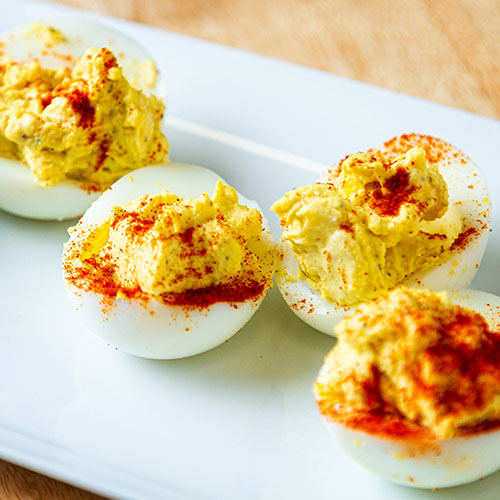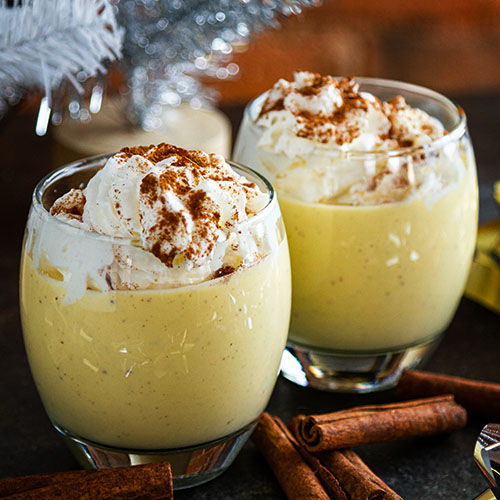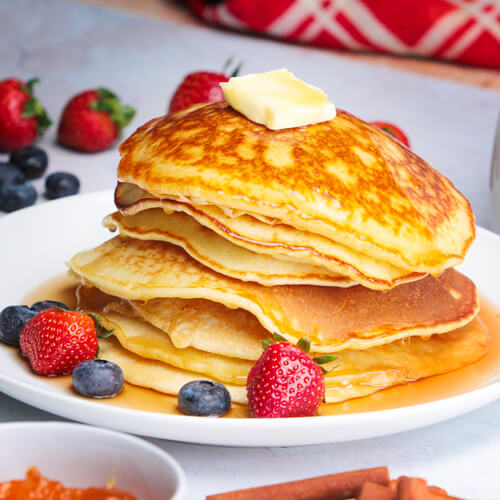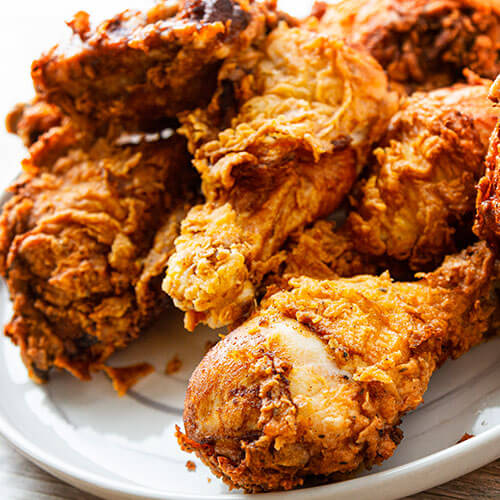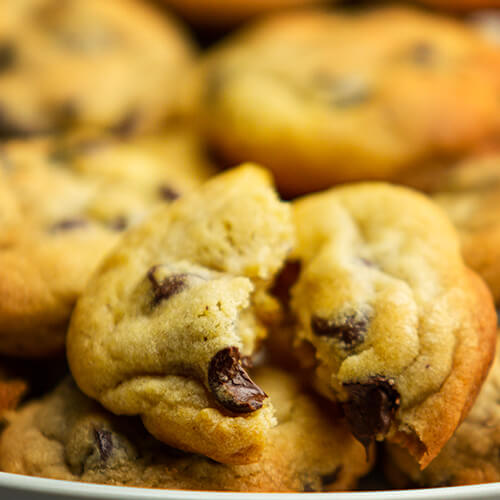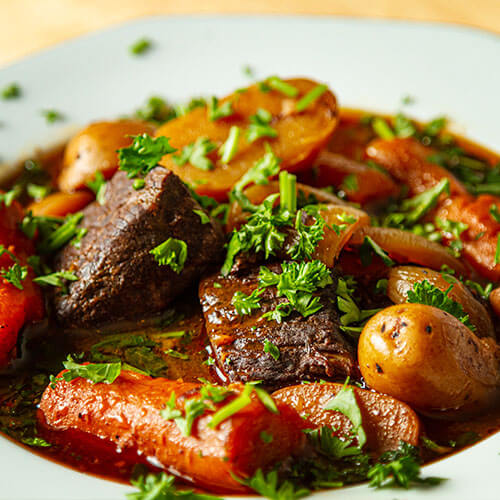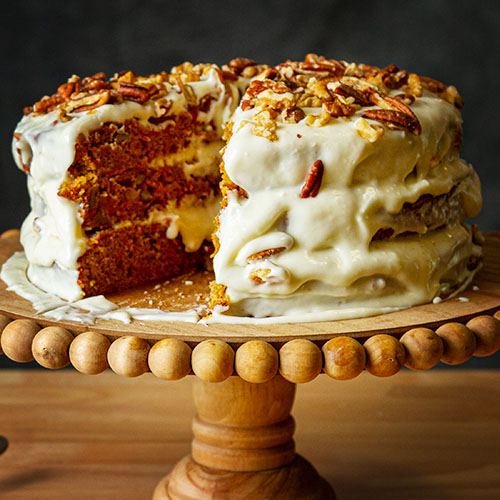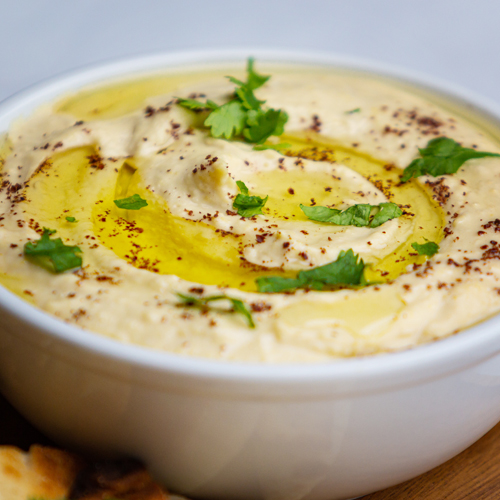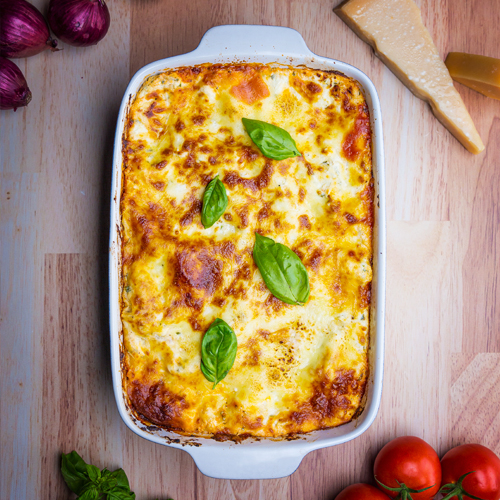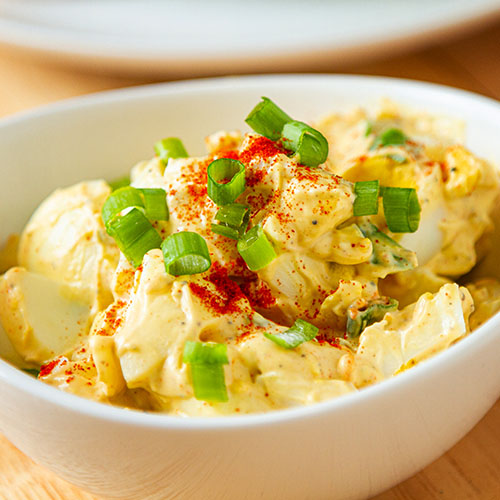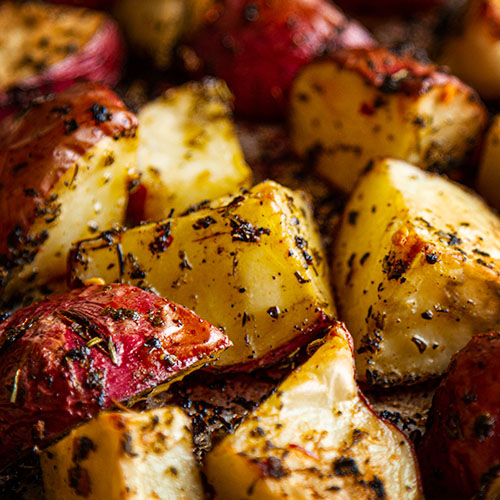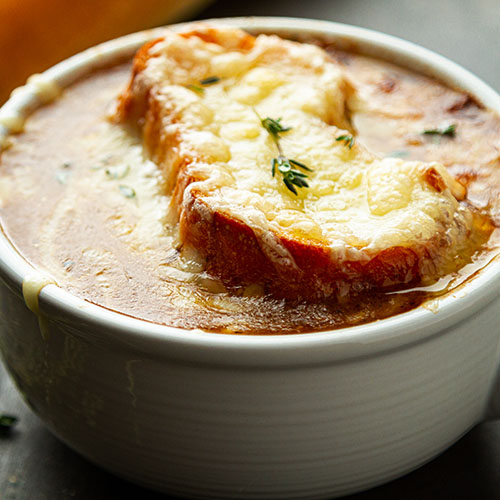50 Breads From Around the World and How They Are Made
One of the most filling, beloved, and crucial staples in cuisine around the world is bread. Bread has worked its way into the meals of global cultures throughout history in various forms. Breads around the world have been adapted to suit many cuisines and lifestyles; you can find bread that’s leavened, unleavened, puffy, flat, grainy, processed, chewy, hard, toasted, sweet, savory, seasoned, fried, boiled, buttered, egg-washed, twisted, crusty, and worked into decorative shapes. Bread also provides the basis for universally celebrated foods such as pizza, tacos, and sandwiches. How To Cook Recipes has created this infographic to showcase breads from around the world and provide basic ingredient profiles to inspire and educate:

Who Invented Bread?
In 2018, an archaeologist by the name of Amaia Arranz-Otaegui discovered tiny black particles akin to burnt toast crumbs scattered around an ancient fireplace located in Jordan. She was investigating the remains of food left by the Natufians, a hunter-gatherer tribe that lived in that area more than 14,000 years ago during the Epipaleolithic period, which occurred between the Paleolithic and Neolithic periods. Prior to this discovery, the Natufians were believed to be strictly hunters and gatherers. The bones of sheep, hares, and gazelles that littered their cooking pit provided ample evidence of this lifestyle. However, upon further testing and collaboration with other scientists and historians, it was concluded that the charred sprinkles were the oldest known remains of bread. The established archaeological timeline stated that humans first began baking bread about 10,000 years ago, so this discovery shook up our understanding of how the human diet developed, revealing that our ancestors were rudimentary bakers first and then developed farming after. It is believed that the Natufian hunter-gatherers crushed wild wheat, barley, and plant roots to mix with water and cook over fire, creating flatbreads.
How Is Bread Made?
Bread is typically made by mixing flour, yeast, water, and salt. While other ingredients may be added, these four basic ingredients of bread are the foundation for most recipes. Flour is the primary ingredient for yeast bread. The flour contains protein in the form of gluten, which is what gives bread its distinctive structure and texture. Water is needed to activate the process of fermentation. When the gluten molecules in flour combine with water, they uncoil and lengthen. The yeast provides CO2 gas when activated, which gives bread its airy and fluffy texture. Salt influences the texture of the gluten molecules and also slows the growth of yeast. The ratio of these key ingredients is what makes all of the forms of bread we love and enjoy possible.
The basic steps of bread-making are:
- Mixing the Dough: All of the ingredients are mixed together and kneaded, with the amount of kneading depending on the texture the baker wishes to achieve.
- Fermentation: The dough is left to rise. The yeast eats the sugar in the dough (either added to the recipe or from the starch in the flour) and produces gas. The gluten molecules, which were stretched and developed during the mixing stage, become relaxed, making the dough to be easier to work with. The fermentation process typically lasts around an hour or two.
- Shaping the Dough: This part of the process is when the dough is shaped into loaves, rolls, or any other desired shape. It is then placed into its baking vessel (pan or baking sheet).
- Proofing: During the proofing phase, the dough is allowed to ferment and increase in volume. The longer the dough proofs, the fluffier the bread will be.
- Baking: The final stage is baking. The bread will rise a bit more as the heat of the oven causes a sudden rush of gas to be expelled by the yeast. This is known as “oven spring,” which occurs just before the yeast is killed by the heat.
Delicious bread recipes you can make at home:
Use the following embed code to post this infographic on your website:
Classic Recipes
Perfect Recipes
Homemade Recipes
This page was last updated by Megan Miller

